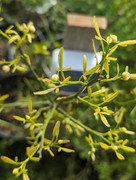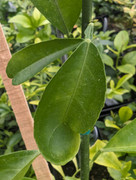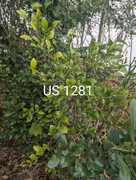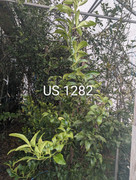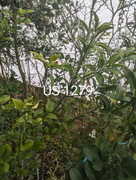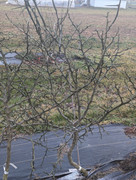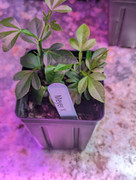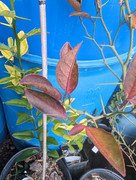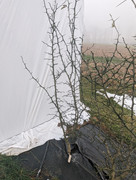1
Cold Hardy Citrus / Re: F2 citrange winter hardiness trial
« on: April 15, 2024, 06:36:38 PM »Did you do anything to speed up flowering?
One occurrence that appears to relate rather directly to earlier flowering and fruiting is the orientation of the branches. Tetraploid Conestoga 011 branches that have a portion of the branches descending below horizontal have been the first to flower in almost every case.

Upright branches exhibiting no flowers.

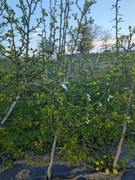
Branches descending below horizontal were the first to flower in every case I detected. I assume this could be artificially induced as well as occuring naturally.

Tetraploid Conestoga 011 flowers are short and squat with a prominent pistil.




